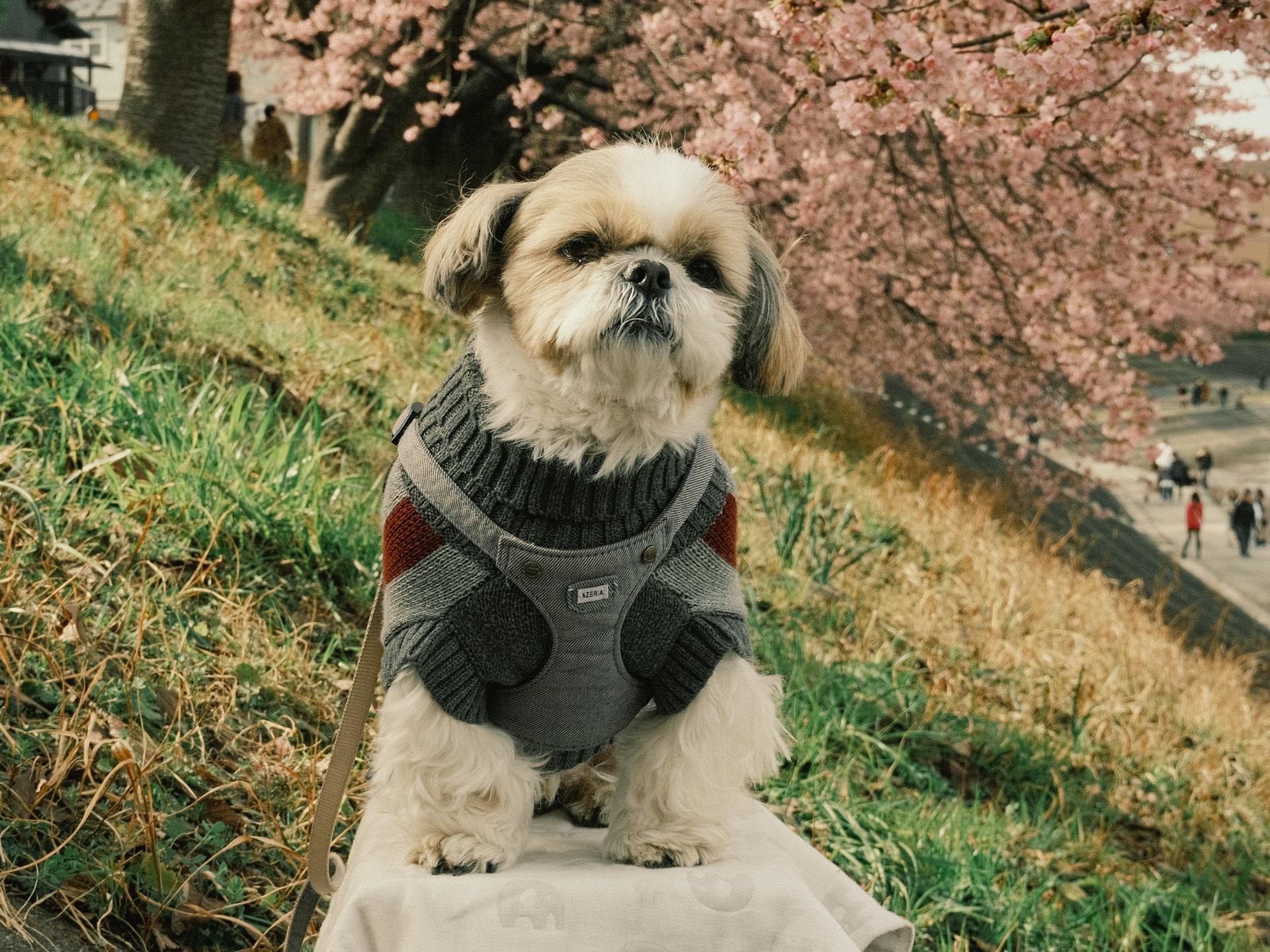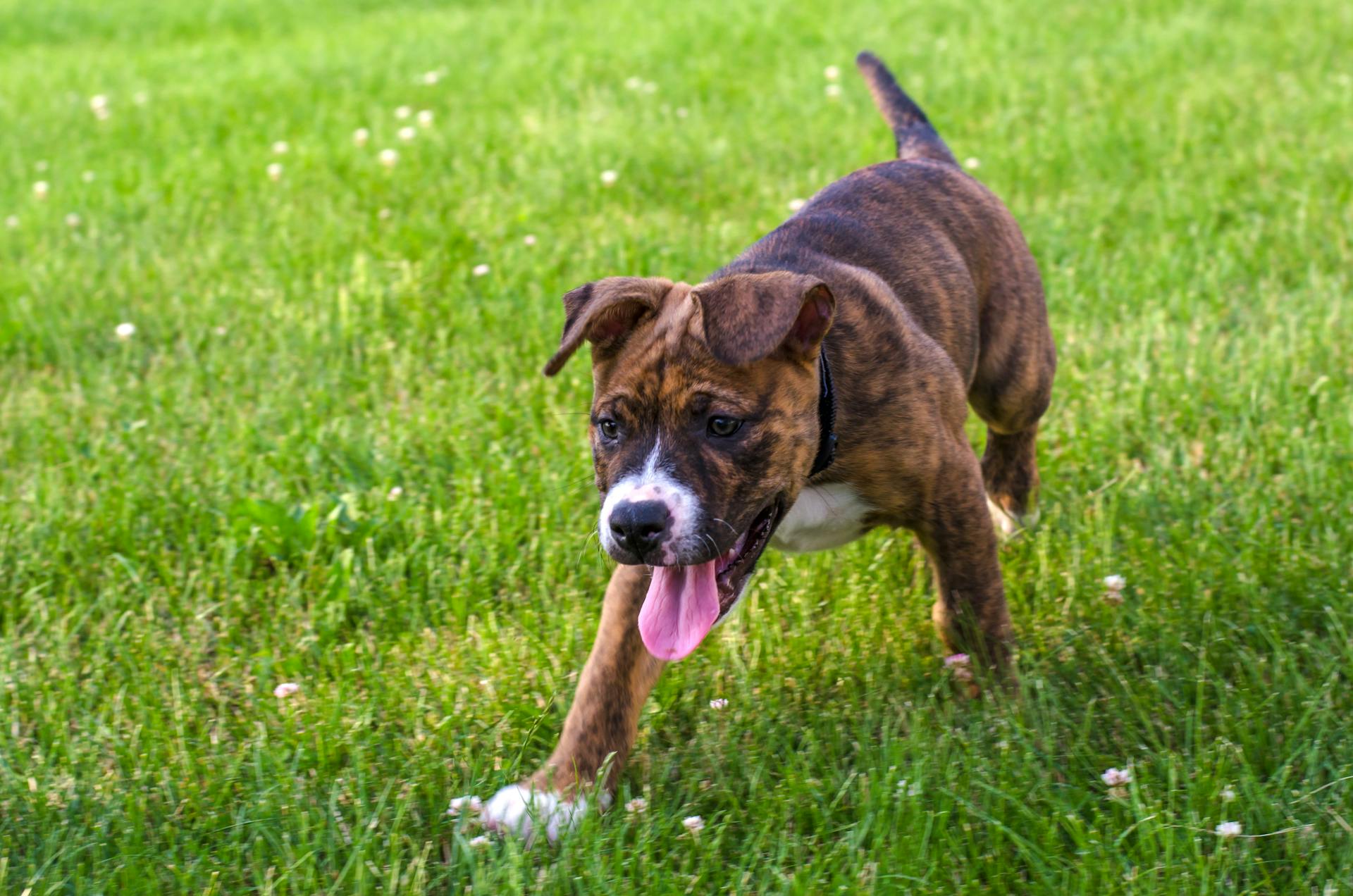
Blue chocolate French Bulldogs are a unique and stunning breed, known for their distinctive coat colors. They can range in color from a light cream to a dark chocolate, with a blue undertone.
One of the most distinctive features of blue chocolate French Bulldogs is their coat color, which is the result of a specific genetic combination. This unique color combination is the result of a recessive gene that affects the production of the pigment eumelanin.
To produce a blue chocolate French Bulldog, breeders must carefully select breeding stock with the correct genetic combination. This requires a deep understanding of genetics and a keen eye for detail.
Their blue undertones can range from a light blue to a deep slate, adding depth and interest to their overall appearance.
Bulldog Colors and Genetics
French Bulldogs come in a variety of colors and patterns, including blue, chocolate, and brindle. The genetics behind their coat colors is complex, but understanding the basics can help you appreciate the beauty of these unique dogs.
See what others are reading: Different Colors of French Bulldogs
The dilute allele (d) is responsible for producing a blue coat, and it's a recessive gene, so the dog must have two copies to show the color. This means that if a French Bulldog has only one copy of the blue gene, it will not express the color.
The dominant black allele (K) is responsible for brindle, and it's a dominant gene, requiring only one copy to show the pattern. This is why brindle French Bulldogs can be almost any color with brindling.
Here's a list of the main genes that determine French Bulldog coat colors:
- A locus (agouti): controls the amount of black and red pigment
- K locus (dominant black): controls the amount of brindle
- E locus: controls the presence of a mask
- D locus: refers to the dilution that happens in dog hairs
- S locus: controls white spotting patterns
Each parent contributes two alleles for hair color, and the specific combination of genes determines the dog's coat color. This is why predicting the exact color of a puppy can be challenging, even for experienced breeders.
Genetics of Colors
The genetics of colors in Bulldogs is a fascinating topic. The dilute allele (d) is responsible for producing a blue coat, and a dog must have two copies of this gene to show the color.
A recessive gene is one that requires two copies to be expressed, whereas a dominant gene only needs one copy. The dilution gene affects eumelanin, which is the pigment responsible for liver and black coats.
The chocolate/brown allele (b) is another recessive gene that produces a chocolate coat, and a dog must have two copies of this gene to show the color. Breeders refer to this gene as the “Frenchie chocolate” because it is a non-testable gene.
The dominant black allele (K) is responsible for brindle, and only one copy of this gene is needed to show the pattern. This is in contrast to the recessive genes, which require two copies to be expressed.
The MCR1 (e) allele is responsible for creme (e) and mask (m) coats, with creme being a recessive gene that requires two copies to show the color, and mask being a dominant gene that only needs one copy to show the pattern.
Each parent dog contributes two alleles to their offspring, and the combination of these genes determines the coat color. The specific gene combination a dog has determines their hair's shade.
A few genes play a role in determining canine coat colors, including the A locus, or agouti, which controls the amount of black and red pigment, and the K locus, which controls the amount of brindle.
See what others are reading: French Bulldogs Black and Tan
Bulldogs in Various Colors
French Bulldogs come in a wide range of colors, including Pied, Ticked, Irish or Blanket Pied, Brindle, Fawn/Sable, Blue, Lilac, Chocolate, Rojo, Isabella, New Shade, Cream, Platinum, and Merle.
The Brindle pattern is characterized by stripes, and can be combined with various colors, such as Lilac, Blue, Chocolate, or Pied.
A dog's coat color is determined by multiple genes, including the B locus, D locus, and extension gene. For example, a dog with the "b/b" genotype will appear as a chocolate pigment, while a dog with the "d/d" genotype will have a blue coat.
The dilute allele (d) is responsible for producing a blue coat, and is a recessive gene, meaning a dog must have two copies to show the color.
Chocolate French Bulldogs have a recessive gene, known as the "Frenchie chocolate" gene, which is not testable through DNA. However, breeders can visually identify chocolate Frenchies by looking at their eye color, as they will reflect red or orange in a bright light.
If this caught your attention, see: Lilac Colored French Bulldogs
French Bulldogs can also have a dominant black allele (K), which causes the Brindle pattern, and requires only one copy to show the pattern.
Here are some common French Bulldog colors and their corresponding genetic makeup:
- Blue: d/d genotype
- Chocolate: b/b genotype
- Brindle: K allele
- Cream: e/e genotype
- Mask: MCR1 (e) allele
Keep in mind that genetics are the primary determinant of a French Bulldog's coat color, and while environmental factors can affect the coat's quality, they cannot change the underlying genetics.
As a result, French Bulldogs with unique colors, such as Blue, Merle, or Lilac, may require extra care and attention to ensure their health and well-being.
Blue
Blue French Bulldogs are quite rare, though their coats are not actually blue - they're more of a grayish or silver hue. This is due to the dilution gene, which suppresses the black pigment, causing a lighter-hued coat.
Blue Frenchies can come in various combinations, such as Blue Fawn (Blue & Tan), Blue Pied, and Blue Brindle. They can be anything from a pale gray to a much darker or deeper bluish-looking gray shade.
Curious to learn more? Check out: Gray French Bulldogs
The gray-to-silver or blue coloration is the result of the dilution gene, which is a dominant gene. This means that if a dog has two copies of the d allele (dd), a black dog will become blue.
Blue Frenchies are prone to color dilution alopecia, a genetic disorder that can cause hair thinning and loss. This is a condition that owners should be aware of when considering a Blue French Bulldog as a pet.
If you're considering bringing a Blue French Bulldog into your family, be prepared for a higher price tag due to their rarity and desirability. Blue Frenchies can cost between $3500-4000.
Bulldog Breeding and Colors
Blue chocolate French Bulldogs are a stunning breed, and understanding their color genetics can be fascinating. The dilute allele (d) is responsible for producing a blue coat, which is a recessive gene, so the dog must have two copies to show the color.
To produce a chocolate coat, the chocolate/brown allele (b) is required, which is also a recessive gene, so the dog must have two copies to show the color. Breeders refer to this gene as the "Frenchie chocolate" because it is a non-testable gene, but visually, a dog is chocolate and can be proven with a red-eye glow test.
A different take: Why Are French Bulldogs so Popular
The dominant black allele (K) is responsible for brindle, which is a dominant gene and requires only one copy to show the pattern. This means that a French Bulldog can be almost any color with brindling, including lilac, blue, chocolate, and pied.
A creme coat is recessive and requires two copies to show the color, while mask is a dominant gene and only requires one copy to show the pattern. The MCR1 (e) allele is responsible for creme (e) and mask (m).
Here's a breakdown of the possible color combinations in French Bulldogs:
While genetics play a primary role in determining a French Bulldog's coat coloring, other factors like exposure to sunlight, age, health, diet, stress, and care can also affect the coat's color and quality.
Frequently Asked Questions
How much does a French blue bulldog cost?
The cost of a blue French Bulldog can range from $3,000 to $10,000 or more, but a high price tag doesn't guarantee a healthy or well-bred dog. Learn more about the factors that affect the price of a blue French Bulldog.
Are blue French Bulldogs rare?
Yes, Blue French Bulldogs are one of the rarest colors, making them highly sought after. This rarity contributes to their significantly higher price compared to standard French Bulldogs.
Sources
- https://lepepitefrenchies.com/french-bulldog-colors-and-dna/
- https://crowdpleazerfrenchies.com/f/fad-color-frenchies-blue-chocolate-fbds-in-the-early-1900s
- https://frenchbulldog.nyc/services/french-bulldog-colors/
- https://www.nwfrenchies.com/blog/french-bulldog-coat-colors
- https://vetplayas.com/french-bulldog-colors-common-and-rare/
Featured Images: pexels.com


